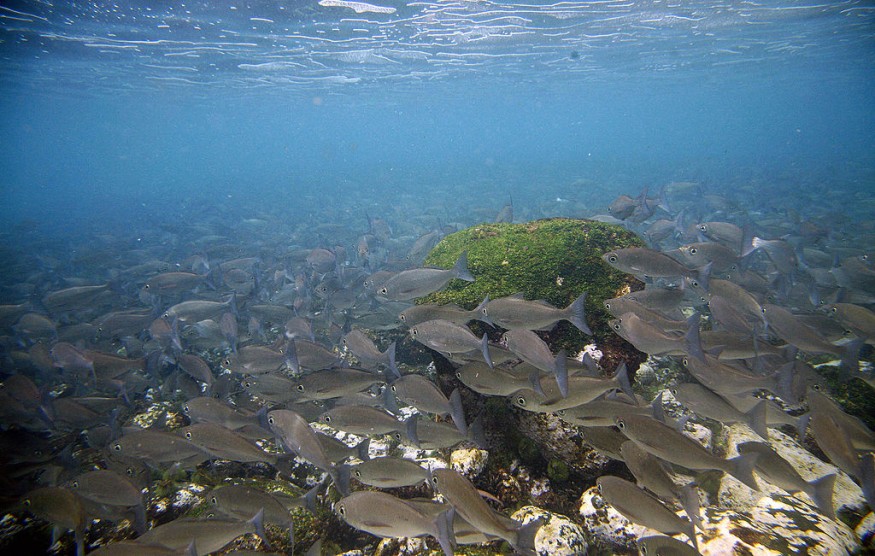Talking fish was perceived to be ungrounded before, but a new study shows that some fishes are capable of producing noises and sounds to communicate with other fishes.
Like other communicating animals, researchers found the first case of the fish talk phenomenon occurring 155 million years ago.
A recent study found that some fishes belonging to the ray-finned fishes (Actinopterygii) family make noises even without vocal cords.
Fish Produces Sounds to Communicate

Researchers have found evolutionary changes among some fish species for the past 155 million years that have enabled to produce sound production to communicate, according to a published study in Ichthyology & Herpetology on Jan. 20.
The study showed that although it has been known that fishes produce sounds and make noises, these noises were always interpreted to be random, as per Aaron Rice, a researcher at Cornell University and lead author of the study.
"They can grind their teeth or make movement noise in the water, and we do see a number of specializations that are involved," said Rice, as cited by Science Alert.
Rice and his team added that some fish groups are noisier than others, with catfish and toadfish to be amongst the most noise-producing fishes.
Based on the results, the researchers support the hypothesis that the behavior of conducting or producing sounds amongst marine animals is ancient.
Methodology: Literature Review and Secondary Data
To determine groups of talking or communicating fishes, Rice and the other researchers conducted the study by sampling a family-level analysis of ray-finned fishes (Actinopterygii) family, which contains more than 34,000 species.
The researchers focused on family-level, rather than species-level, analysis to investigate sound production more broadly.
In addition, they used 141 references from previous studies and scientific literature to build a family-level database of fishes capable of producing or conducting sounds.
The researchers employed the following three methods below to obtain the results of their study:
- Reviewed several works and reviews in the area of fish bioacoustics
- Used standardized search terms in scientific search engines such as Google Scholar
- Applied snowball sampling to track literature review and other secondary data
With the mentioned methods, the researchers were able to create and organize the database, which allowed them to conclude that the phenomenon of talking fish is ancient.
In spite of this breakthrough, Rice and his team cautioned that their study may have only focused on a specific group of fishes and has not concluded yet if other fish groups are capable of making sounds to talk or communicate.
Millions of Years of Evolution
The study indicated out of the 175 families of fish, 66% were likely to communicate with sound.
The researchers' analysis suggested vocal communications came from evolutionary changes in fishes.
They also found that the appearance and evolution of fish-speak abilities was also around the same time our land animal ancestors, with backbones, first vocalized too.
However, evolutionary changes have allowed humans to produce more symbolic and structured sounds using our vocal cords.
Like humans and other communicating animals, including dolphins and gorillas, Rice hypothesized that fish sounds and noises are about food, threat warnings, social happenings, and reproduction.
© 2025 NatureWorldNews.com All rights reserved. Do not reproduce without permission.





